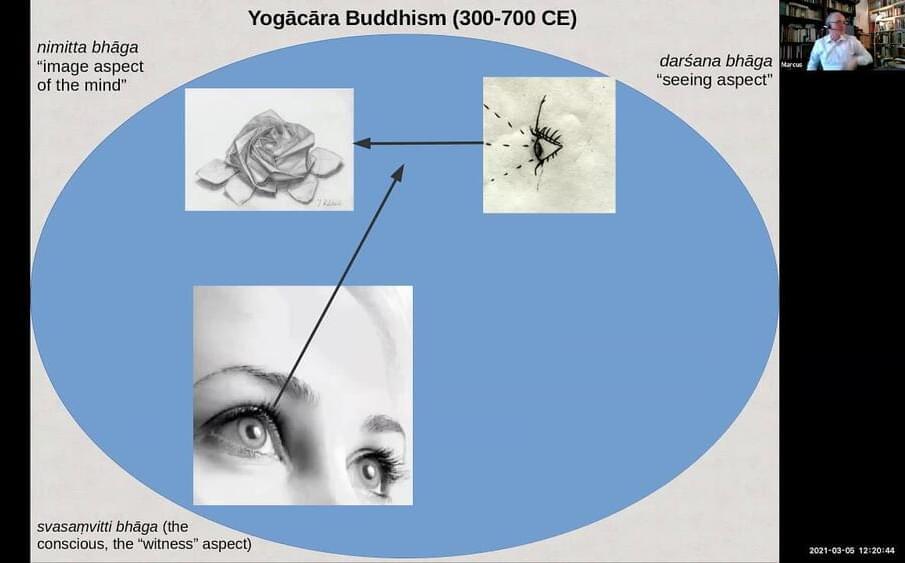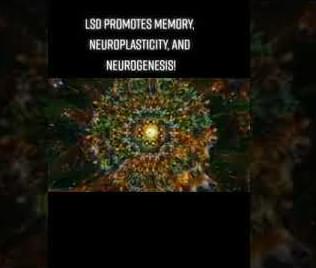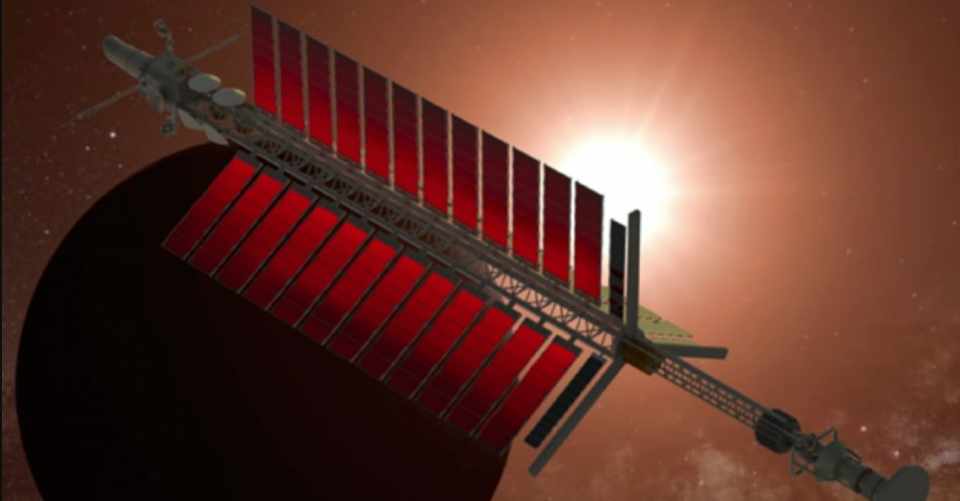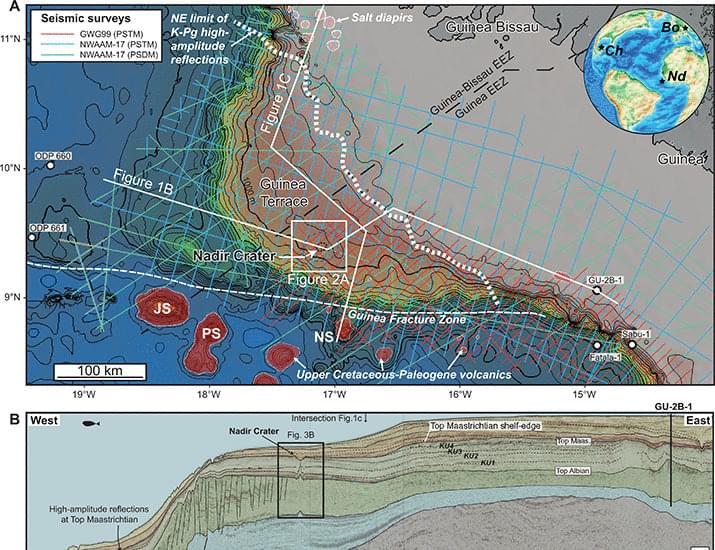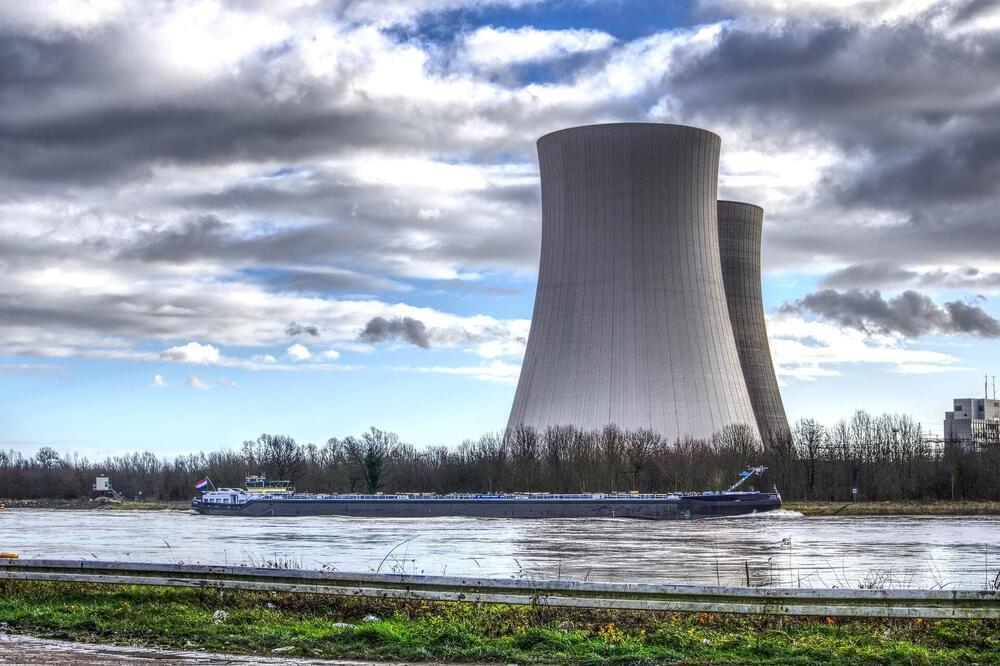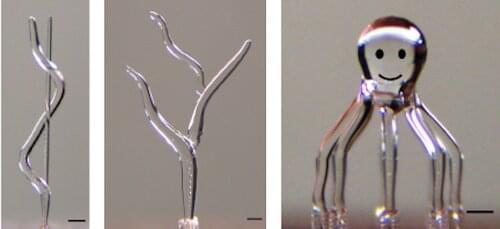
I believe that these microbes are not just simple organisms but are some sorta biological singularity seeds that activate over millions of years developing life slowly and may be exterrestial in origin.
Researchers from Hokkaido University in Japan have found new evidence that the chemical components necessary to build DNA may have been carried to Earth by carbonaceous meteorites, some of the earliest matter in the solar system, as they report in a study published Tuesday in Nature Communications. Although these kinds of materials make up about 75 percent of all asteroids, they rarely fall to Earth, limiting how often scientists can study them. Yet they are troves of information: Scrutinizing these space rocks can tell stories about unique cosmic locations. Their contents may also help reveal the ancient chemical reactions that made our world a living planet.
Specifically, several meteorites have been found to contain nucleobases. These chemicals, called the building blocks of life, make up the nucleic acids inside DNA and RNA. Of the five major nucleobases, previous meteorite studies detected only three of them, named adenine, guanine, and uracil. But the present research proves for the first time that two more—cytosine and thymine—can exist within space rocks.
Continue reading “Meteorites older than the solar system contain key ingredients for life” »
